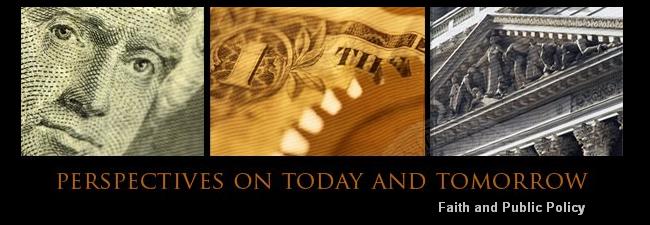“How do we know that institutions are so central to the wealth and poverty of nations? Start in Nogales, a city cut in half by the Mexican-American border fence. There is no difference in geography between the two halves of Nogales. The weather is the same. The winds are the same, as are the soils. The types of diseases prevalent in the area given its geography and climate are the same, as is the ethnic, cultural, and linguistic background of the residents. By logic, both sides of the city should be identical economically.
And yet they are far from the same.
On one side of the border fence, in Santa Cruz County, Arizona, the median household income is $30,000. A few feet away, it's $10,000. On one side, most of the teenagers are in public high school, and the majority of the adults are high school graduates. On the other side, few of the residents have gone to high school, let alone college. Those in Arizona enjoy relatively good health and Medicare for those over sixty-five, not to mention an efficient road network, electricity, telephone service, and a dependable sewage and public-health system. None of those things are a given across the border. There, the roads are bad, the infant-mortality rate high, electricity and phone service expensive and spotty.
The key difference is that those on the north side of the border enjoy law and order and dependable government services — they can go about their daily activities and jobs without fear for their life or safety or property rights. On the other side, the inhabitants have institutions that perpetuate crime, graft, and insecurity.”
Daron Acemoglu, "What Makes a Nation Rich? One Economist's Big Answer", Esquire, 18 November 2009.
http://www.esquire.com/features/best-and-brightest-2009/world-poverty-map-1209
LW: MIT economist Daron Acemoglu argues that differences in institutions are the reason residents of countries like Canada and Japan enjoy incomes that are much higher than those in countries like North Korea or Ethiopia.
This reasoning is appealing. But institutionalists like Acemoglu, it seems to me, attempt to explain too much. The definition of 'institutions' tends to encompass everything - even schooling and health. The problem is that numerous variables vary by degree of development. Suppose, for example, that I believe that schooling is the key to development. Then, I might argue that income differences between Nogales, Arizona and Nogales, Mexico are due solely - or at least primarily - to differences in educational levels. We could test this hypothesis, by bringing the schooling of all residents of Nogales, Mexico, up to the levels of Nogales, Arizona. But such experiments are not feasible in the social sciences. We would like to explain one variable - per capita income - but we have a wealth of potential explanatory variables. In statistical terms, the model is 'overdetermined': there are more explanatory variables than there are unknowns, and the explanatory variables themselves are correlated.
Bill Easterly argues that the only honest answer to the question "What makes a nation rich?" is "We don't know". I agree.
Thanks to Paul Romer for the pointer. Check out his favourable review at http://chartercities.org/blog/85/daron-acemoglu-on-global-inequality
DOW: I, too, agree with Professor Easterly that we simply do not know what makes a country rich. But let me reverse the question: Do we know what makes a country poor?
I would say we do, more or less, and we can cite reasons why a country is poor, not the least of which is that it lacks good institutions, especially property rights and basic personal security and a way to transmit learning from one generation to the next. But, let us admit, institutions are not enough and there is no single list we can give that would define the essential requirements for growth and development.
More interesting is the question what makes a rich country poor?
In the case of the U.S. the answer to that question may well be an inability to live within one’s means and what would seem to be ever widening internal and external deficits and a never ending accumulation of nation debt.
A tip of the hat to Larry Willmore for this Tdj.



No comments:
Post a Comment